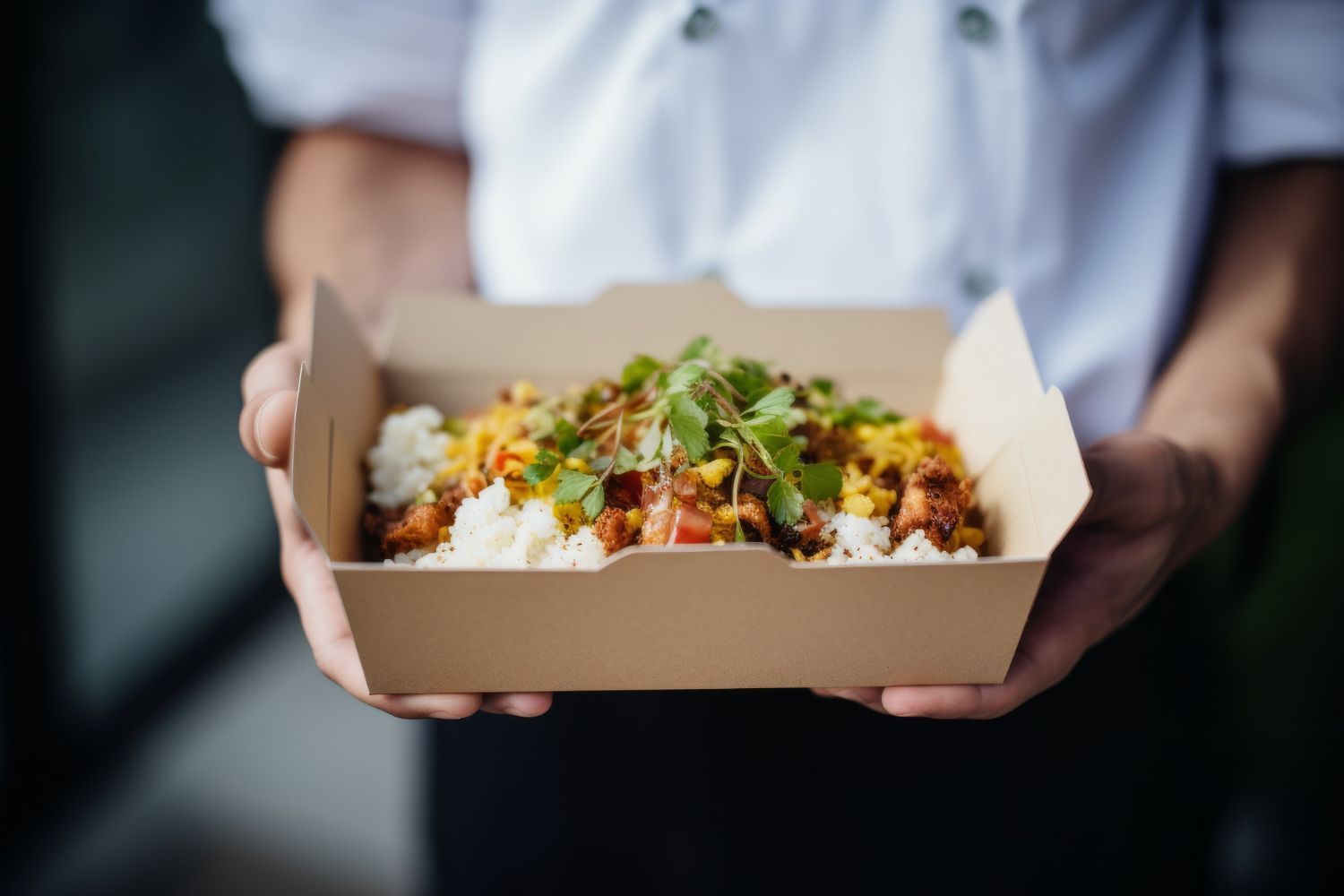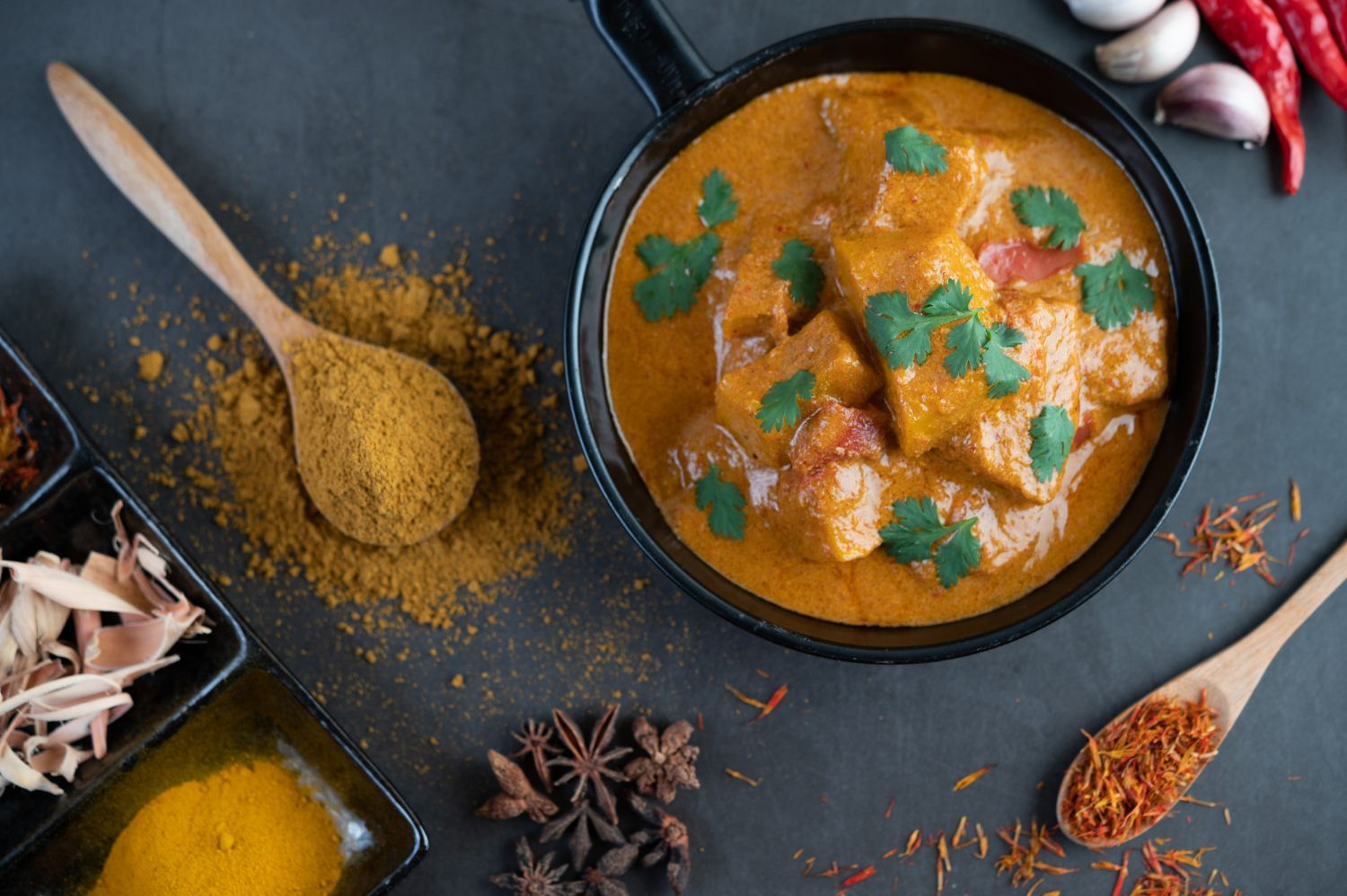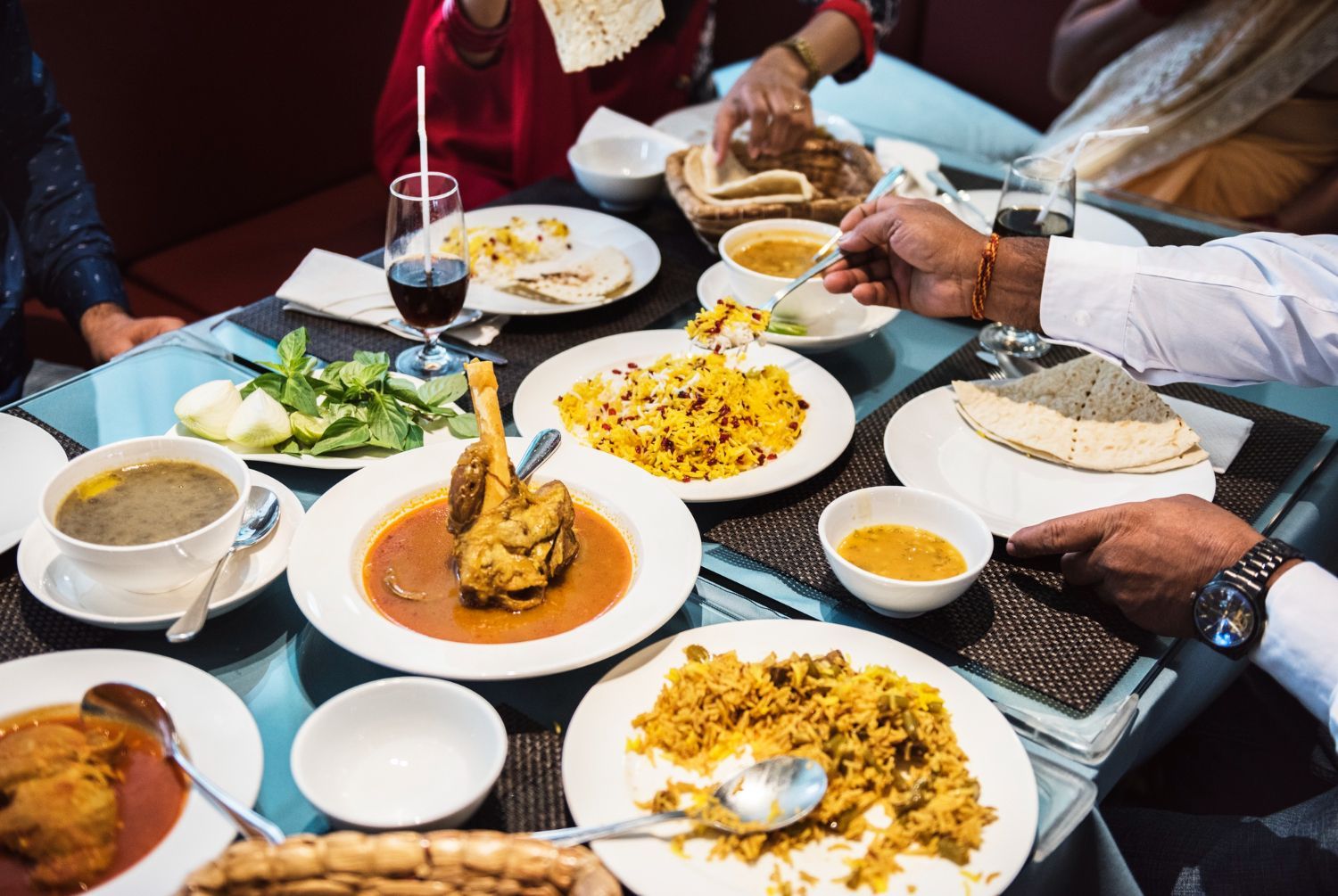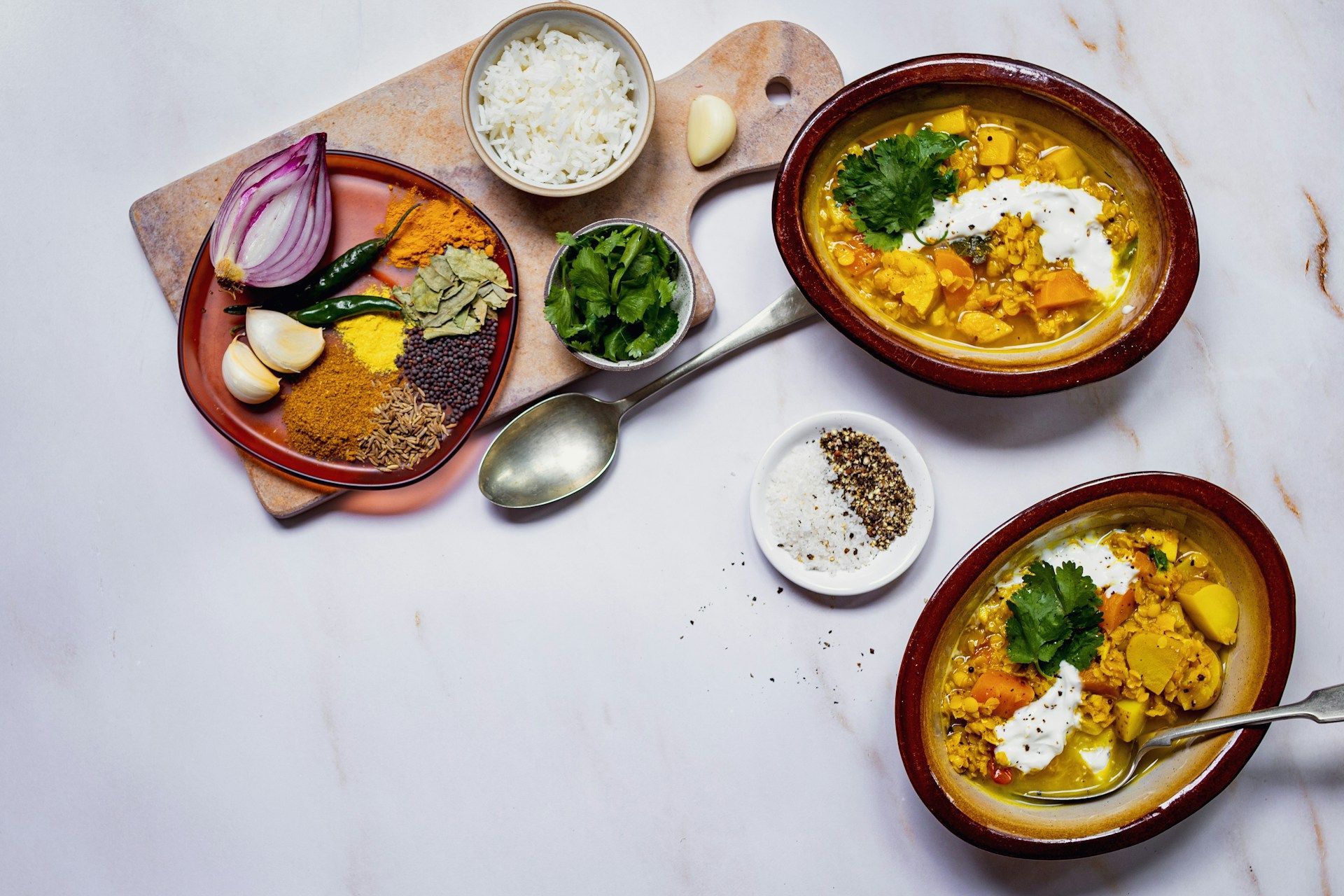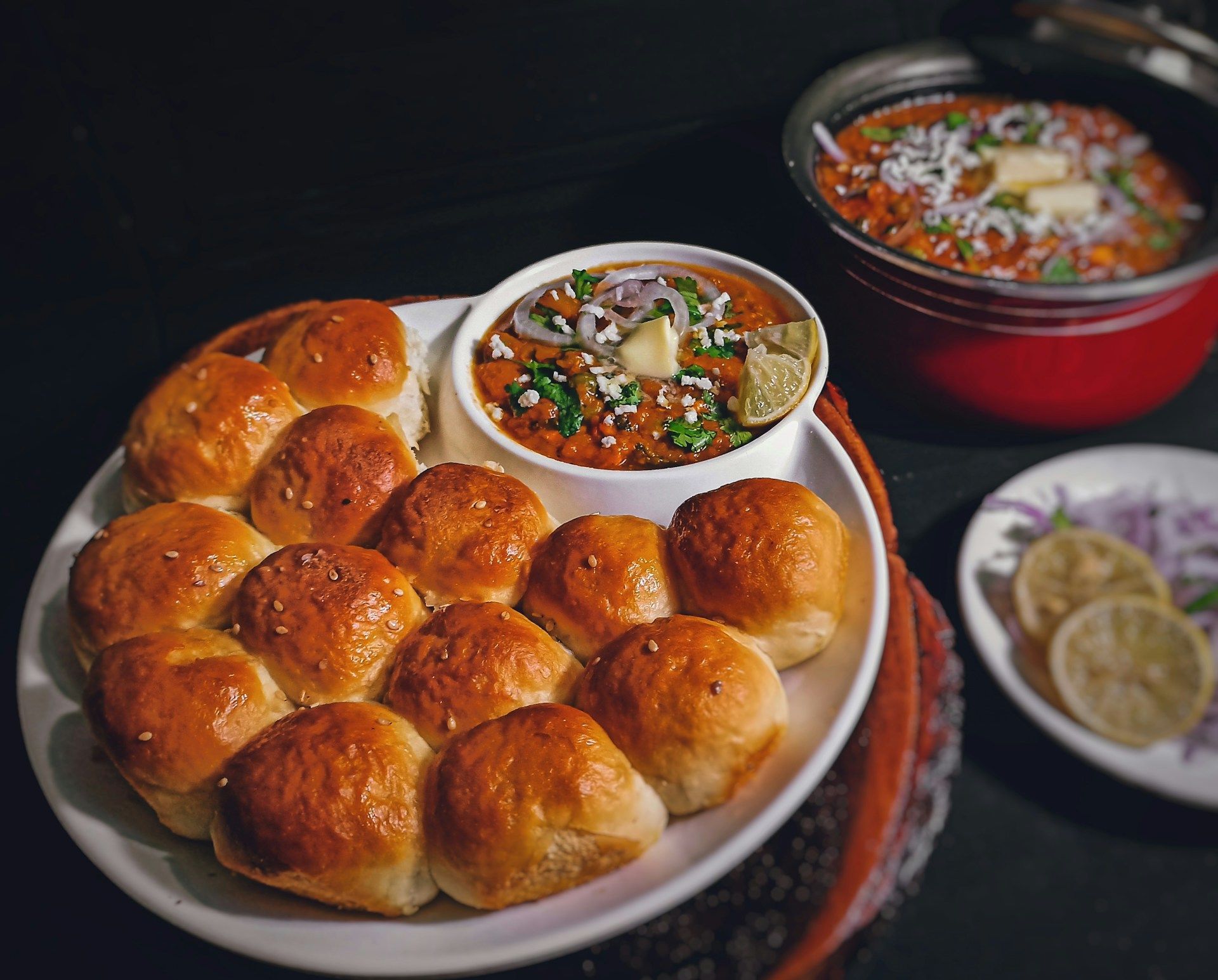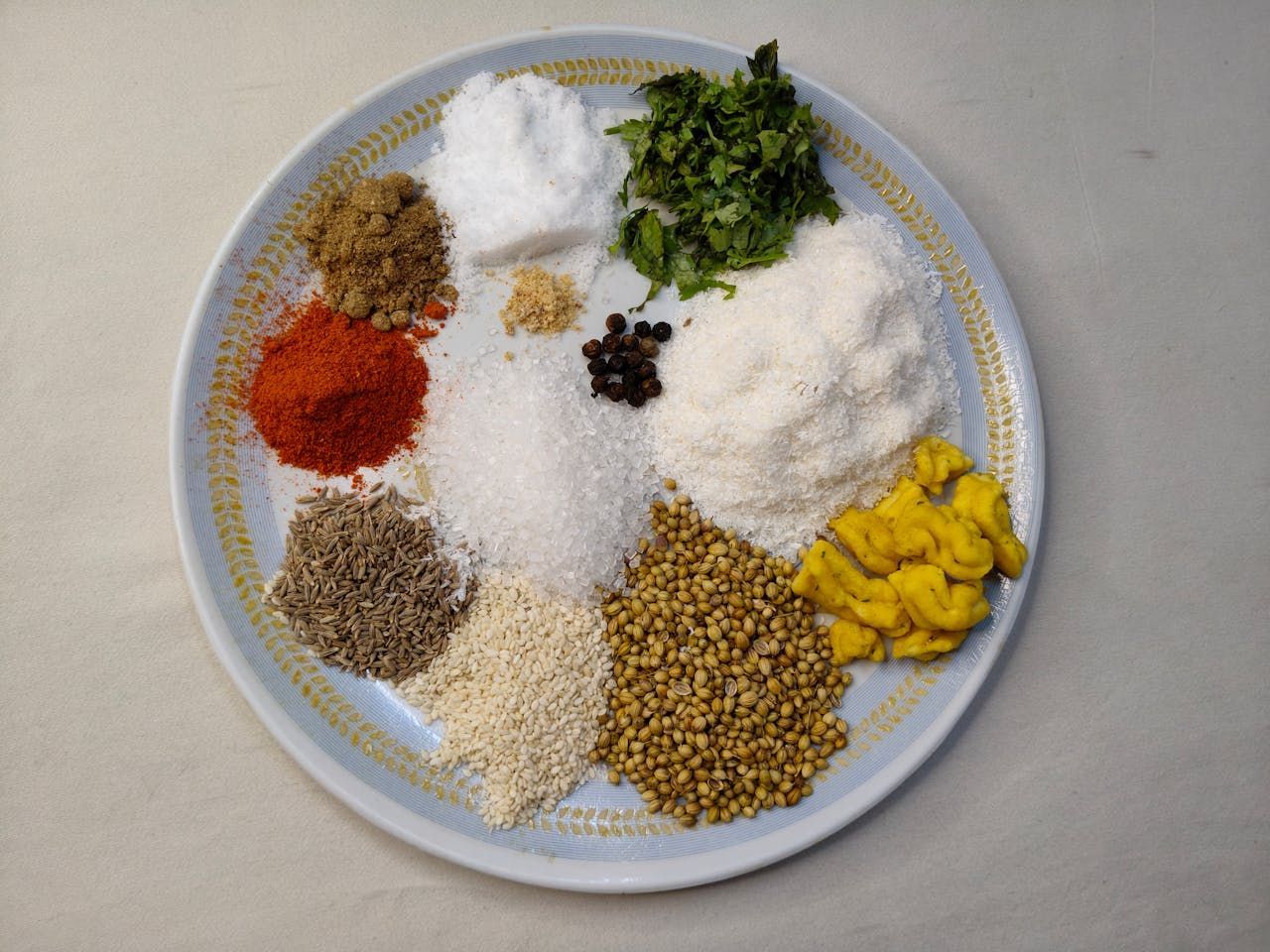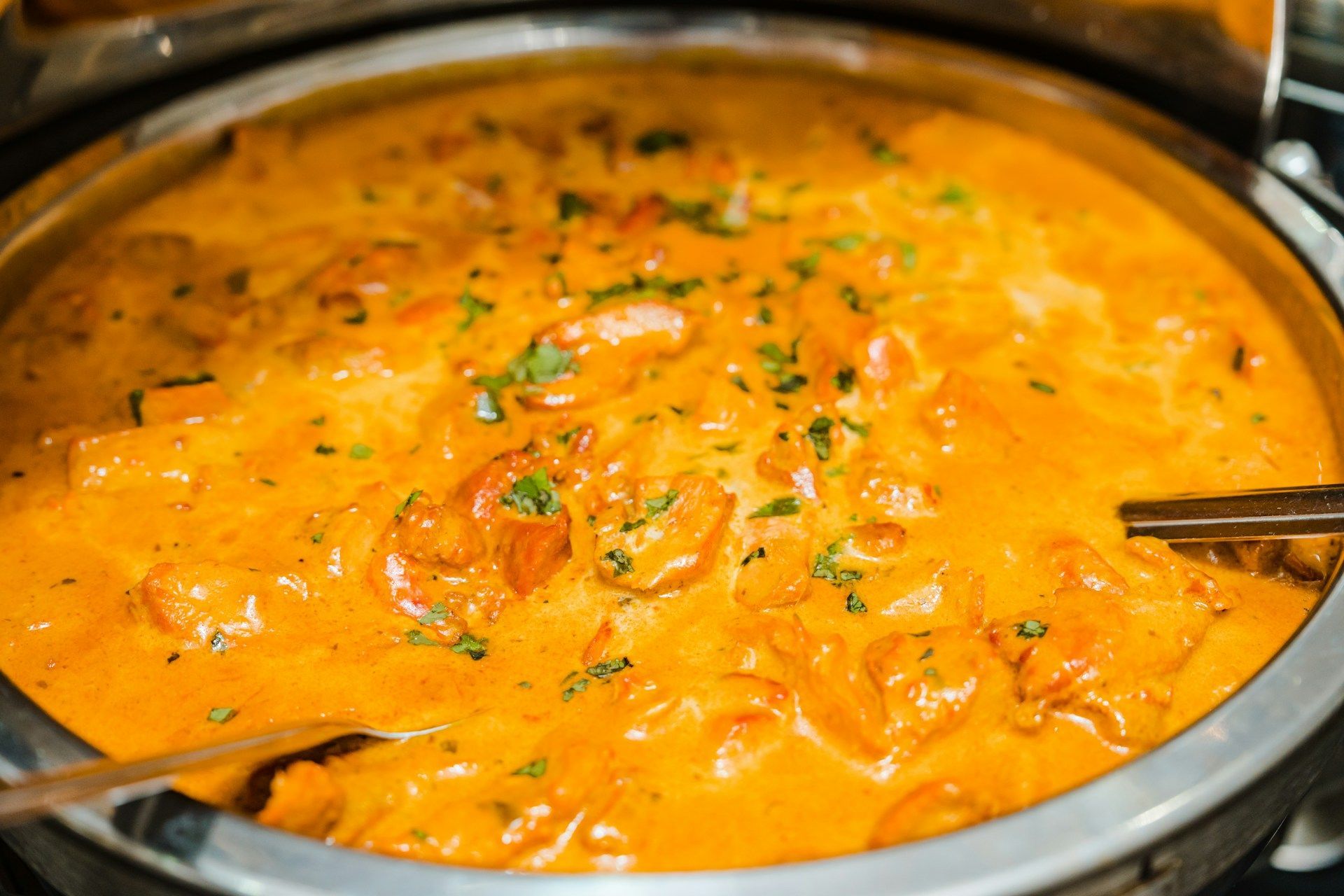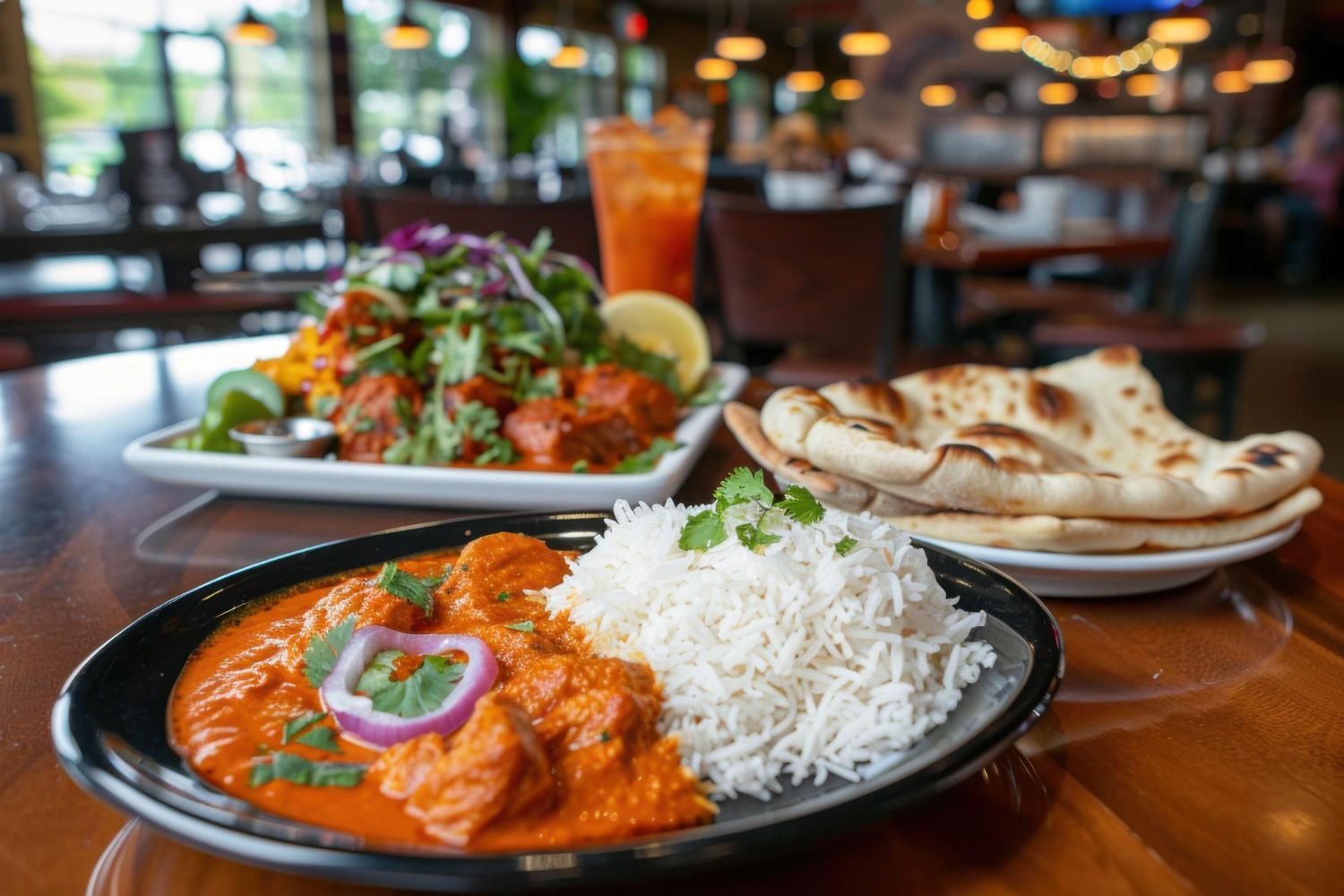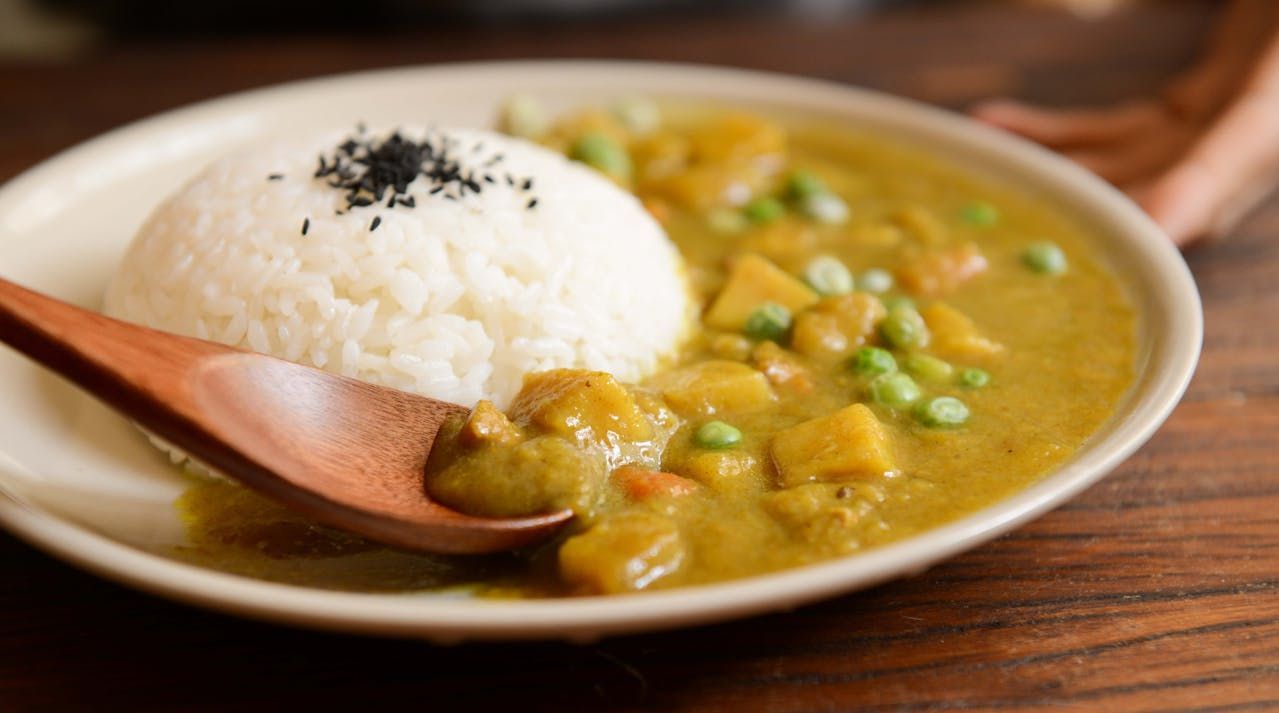Indian food is as colourful as the culture it originated from. Getting to know this wonderfully diverse cuisine is as exciting as it is intimidating because of its variety. Embarking on a culinary experience in Indian food is almost like trying food from entirely different countries due to other traditions unique to specific regions. While a certain dish from Southern India may be completely foreign to someone from the north, the one unifying aspect in Indian food is its use of several herbs and spices to create complex flavours.
Developing an appreciation for Indian flavours and the traditions behind the food starts by knowing more about it. Here are some of the most important elements of Indian cuisine that you need to know:
An Overview of Indian Food
One of the defining features of Indian food is its strong, aromatic flavours. This is thanks to the heavy use of spices and fresh ingredients, which also give dishes their vibrant colours and instantly recognisable appearance. Many of these ingredients give the food powerful anti-inflammatory properties.
Cultural influences
India’s gastronomic diversity is thanks to the food influences brought by other cultures that have occupied the country. Some of the notable contributions of other cultures to Indian cuisine are as follows:
Arab and Persian
Food items from these cultures are known for the use of thick, rich gravies and the incorporation of dried fruits and nuts. All in all, this grants a taste that is heavy on spices and even more fragrant flavour. This is referred to as the Mughal style of cooking.
Portuguese
These influences can be directly seen in dishes such as Vindaloo, a curry based on the Portuguese dish carne de vinha d'alhos, and Xacuti—or chacuti in Portuguese.
A Nation of Spices
The striking flavours and aromatic properties of Indian food are thanks to the inclusion of numerous fresh spices in each dish. Here are the most common spices considered to be a staple in many Indian dishes:
Turmeric: This spice lends an earthy flavour and the bright yellow colour that characterises the distinct appearance of curry dishes. It is also an anti-inflammatory food item, pointed towards helping reduce the risks of cancer.
- Cumin: Ground cumin seeds are considered a staple in curry dishes. These contain powerful antioxidants which are incredibly healthy as well.
- Cardamom: This spice is best described as sweet and spicy at the same time, and it gives an anise-like touch to some dishes.
- Coriander: While it comes from the cilantro plant, coriander tastes quite different and has a flavour that’s more sage-like and citrusy.
You may see garam masala used in recipes, but it’s important to note that this is not a single spice but rather a blend of spices commonly used in many different dishes. It is usually a combination of coriander, cumin, cinnamon, bay leaves, cardamom, and black pepper. These are usually store-bought but can also be ground fresh in your home.
A Question of Meat
India is usually perceived to be a mostly vegetarian country, but this depends entirely on traditions and religious practices being observed by the individuals in different regions. There are many meat options in Indian cuisine too, like chicken and mutton.
Food as a Shared Culture
Food is deeply ingrained into Indian culture and the way of life. Mealtimes are always a family affair and the numerous dishes served are always shared. Recipes, including the ingredients and methods of preparation, are handed down from mother to daughter through generations.
Plenty of labour goes into preparing many of the ingredients as well since fresh, handmade food is valued over store-bought items. For instance, a family might make their own paratha from their favourite kind of flour as opposed to buying it at the market or the grocery store. This shows just how much the Indian people value their meals, which in turn represent the beautiful practice of preparing food in the most traditional sense.
The Bottom Line
The allure of Indian food lies in its respect for traditions and unique flavours. By understanding just what goes into one Indian dish—from influences to cultural practices and religions—one can appreciate this standout cuisine all the more. These can help anybody navigate the diversity that Indian food has to offer without sacrificing choice, variety, and excitement.
One of the best Indian restaurants near London Bridge continues to serve amazing curries to people of all walks of life. Tower Tandoori is a restaurant that has paved the way for authentic Indian food in London. To try some of the
best curries near London Bridge, visit our website and book a table today!


